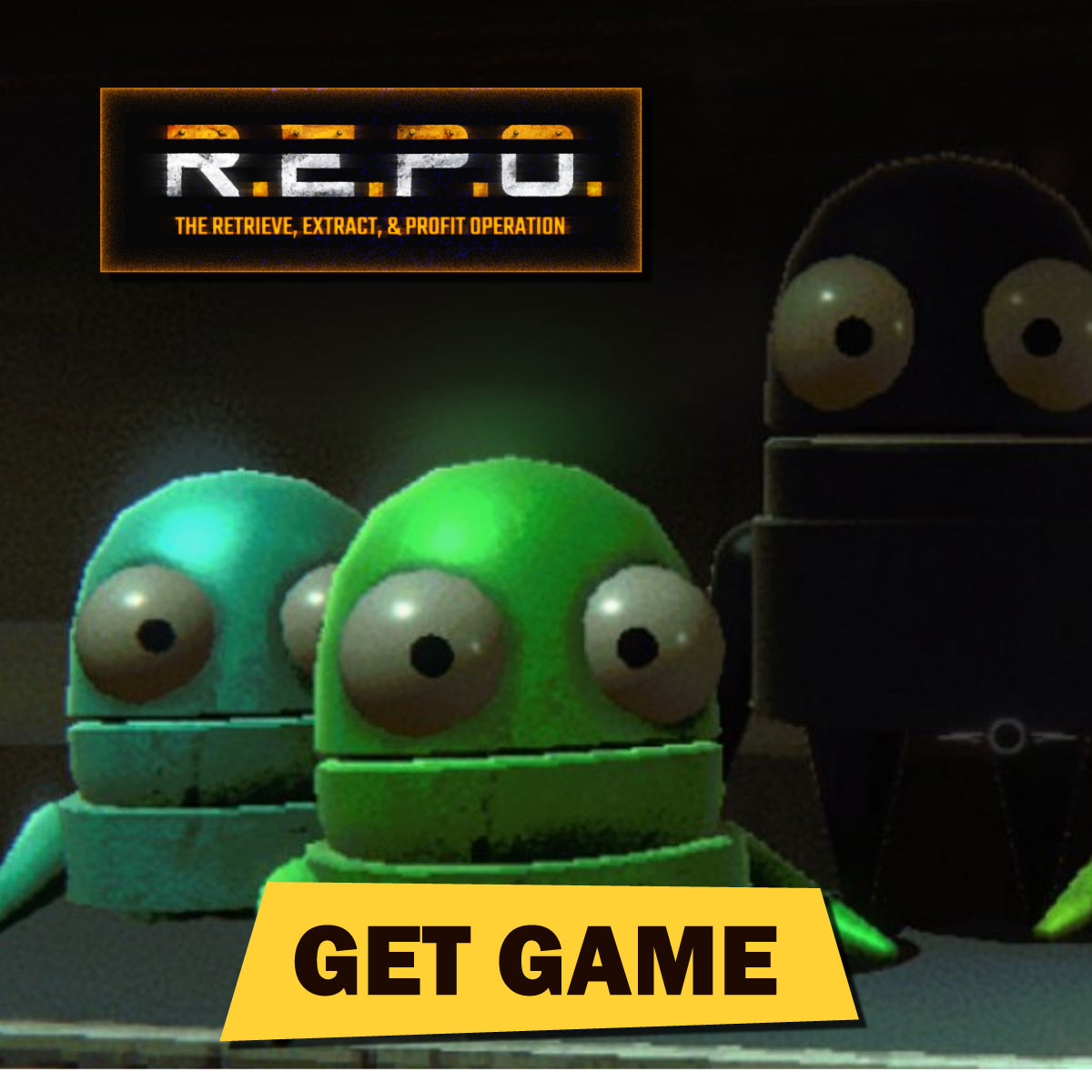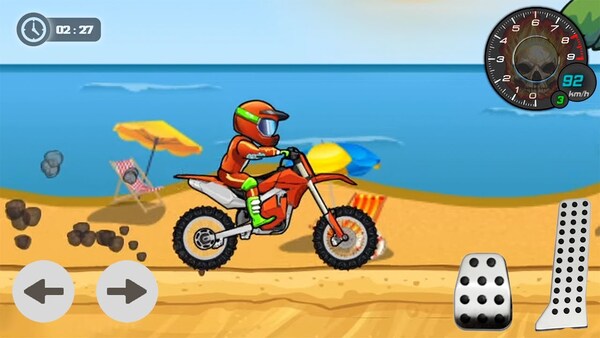Core Keeper is a sandbox survival game that blends elements of mining, crafting, base-building, and exploration into a pixel-art underground world teeming with secrets. Developed by Pugstorm and published by Fireshine Games, Core Keeper first entered Early Access in March 2022 and quickly gained traction for its charming visuals, addictive gameplay loop, and cooperative potential. As the player awakens in a mysterious cavern, drawn to the ancient energy of a mysterious Core, they're tasked with digging through layers of terrain, discovering resources, battling creatures, and uncovering the lore of a forgotten civilization.
This article provides a comprehensive breakdown of Core Keeper's features, progression system, multiplayer elements, challenges, and why it stands out in the increasingly crowded indie survival genre.
1. Origins and Early Access Journey
Core Keeper’s development began with the intent to fuse mechanics from games like Terraria, Stardew Valley, and Minecraft, while offering its own unique underground twist. With strong community support during its Early Access phase on Steam, the game received regular updates, content expansions, and quality-of-life improvements that were driven by player feedback.
From the start, the game established its identity through its atmospheric world-building, pixel-perfect animations, and a progression system that encouraged both exploration and experimentation.
Highlights of Early Development
-
Strong Steam launch with over 500,000 downloads in a few weeks
-
Developers maintained transparent roadmaps and dev logs
-
Frequent biomes, bosses, and crafting content were added
The Early Access phase not only built momentum but also nurtured a loyal community that continues to grow.
2. Core Gameplay Mechanics and Loop
At its heart, Core Keeper revolves around digging, gathering, and surviving. Players start with basic tools and uncover various biomes filled with distinct resources, enemies, and mysteries.
Core Mechanics:
-
Mining and Resource Gathering: Players dig through dirt, clay, stone, and more to collect essential materials.
-
Crafting and Cooking: Workbenches, smelters, and cooking pots allow players to build gear, refine materials, and cook food for buffs.
-
Combat and Exploration: Weapons, armor, and movement skills are key to survival, especially when venturing into hostile zones.
Each element is finely tuned to keep players looped into the gameplay, offering satisfying reward systems and consistent upgrades.
3. The Core and Story Progression
The game’s central narrative is structured around restoring the mysterious Core, which is surrounded by ancient relics and requires activating three boss gems to progress.
Story Elements:
-
Players must defeat major bosses (like Glurch the Abominous Mass, Ghorm the Devourer, and The Hive Mother)
-
Each boss unlocks Core abilities and new crafting stations
-
Lore is revealed through environmental storytelling and discovered artifacts
This narrative structure encourages players to explore organically and rewards them for curiosity and persistence.
4. Biomes and Environmental Variety
One of Core Keeper’s greatest strengths is its procedurally generated world, where each new save offers a different layout and exploration experience.
Key Biomes Include:
-
Dirt Biome: The starting zone, filled with basic resources and passive mobs
-
Clay Caves: Slightly more dangerous, home to the first major boss
-
Forgotten Ruins: Hosts tougher enemies and advanced ores
-
Sunken Sea and Molten Quarry: Late-game areas with rare materials and environmental hazards
Each biome introduces new materials, aesthetics, music, and threats, making exploration feel fresh and essential.
5. Combat System and Gear Progression
Combat in Core Keeper may appear simplistic at first glance, but it becomes deeper with weapon variety, stats, and skill trees.
Weapon Types:
-
Melee weapons: Swords, maces, and spears offer different attack patterns
-
Ranged weapons: Bows and slingshots provide safer distance combat
-
Magic tools (introduced later): Offer area-of-effect or elemental damage
Gear is tiered by material (copper, iron, scarlet, etc.), and equipping higher-level gear enhances survivability and damage output. Skill progression further enhances playstyle specialization.
6. Farming, Cooking, and Base Building
In addition to combat and mining, Core Keeper allows players to build personalized bases using the resources they find. Farming and cooking systems add depth and sustainability to long-term play.
Base Development Features:
-
Farming: Plant and harvest crops that can be used for food or crafting
-
Cooking: Combine ingredients to create meals with buffs (speed, health regen, etc.)
-
Decorating and Storage: Build walls, doors, lights, and chests to organize and personalize your underground home
This base-building layer appeals to players who prefer a peaceful, creative playstyle in contrast to constant combat.
7. Multiplayer and Co-Op Experience
Core Keeper supports online multiplayer for up to 8 players, and the experience is truly transformed with others.
Multiplayer Highlights:
-
Collaborative building and farming
-
Split roles (fighters, miners, builders) for efficiency
-
Boss fights are more dynamic and balanced for larger groups
-
PvP toggle allows optional player combat
The multiplayer mode encourages teamwork and makes large projects or biome exploration more manageable and enjoyable.
8. Updates, Expansions, and Modding
Since its Early Access launch, Core Keeper has released several free content updates including new biomes, mechanics, and seasonal events.
Major Updates Included:
-
The Sunken Sea Expansion
-
The Desert of Beginnings
-
Holiday and Spring seasonal events
-
New pets, mounts, and environmental hazards
In addition, modding support is gradually being introduced, with tools for adding custom maps, gear, and mechanics. The development team remains actively engaged with player feedback.
9. Final Rating and Verdict
Core Keeper successfully blends several genres into a cohesive and enjoyable experience. Whether you're a solo explorer looking to discover ancient underground mysteries or a co-op enthusiast ready to build and fight with friends, Core Keeper offers hours of satisfying gameplay. Its charming aesthetic, flexible systems, and emphasis on exploration set it apart from many indie survival games on the market.
Conclusion
Core Keeper stands as a testament to what small studios can achieve with focused design and strong community engagement. It’s a sandbox game that rewards curiosity, patience, and creativity. With continued updates and eventual full release, Core Keeper could evolve into one of the most beloved indie survival games of the decade.
If you're a fan of Terraria, Stardew Valley, or Don't Starve, and enjoy uncovering secrets in procedurally generated worlds, Core Keeper is absolutely worth digging into.































